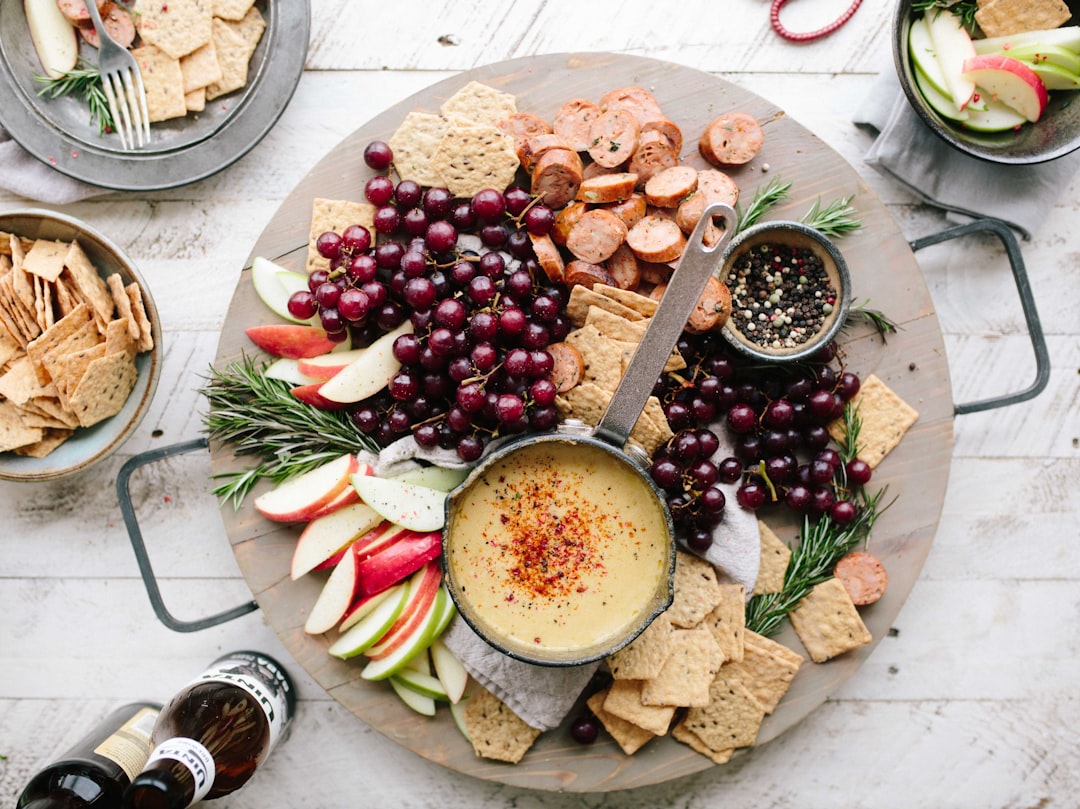Have you ever wondered what gives your bread its golden crust, your chocolate its rich flavor, or your salad dressing its smooth texture? The answer lies in food chemistry—a branch of food science that explores the molecules in our food and the transformations they undergo. Whether you’re a science enthusiast or simply curious about what’s happening in your kitchen, this post will take you behind the scenes to understand the chemical building blocks of food and how they interact.
What is Food Chemistry?
Food chemistry is the study of the chemical makeup of food and the changes it experiences during processing, storage, and cooking. It involves analyzing the structure and behavior of major food components—like carbohydrates, proteins, fats, vitamins, and water—as well as minor ones such as flavor compounds, pigments, and preservatives.
The goal of food chemistry is to understand how these components contribute to food’s taste, appearance, nutritional value, texture, and shelf life. This knowledge helps scientists and food manufacturers design better products, preserve nutrients, and improve safety.
The Major Food Components
1. Carbohydrates
Carbohydrates are sugars and starches that provide energy. They also play crucial roles in food texture and structure. For example:
-
Starch thickens sauces and gives bread its structure.
-
Sugars like sucrose and glucose contribute to sweetness and are involved in browning reactions during baking (such as caramelization and the Maillard reaction).
2. Proteins
Proteins are made up of amino acids and serve as the building blocks of muscles, enzymes, and immune molecules. In food, proteins help with:
-
Structure and texture (e.g., gluten in bread dough)
-
Emulsification (e.g., egg proteins keeping mayonnaise stable)
-
Color and flavor through chemical reactions like the Maillard reaction when proteins interact with sugars under heat
3. Fats and Oils
Lipids, which include fats and oils, contribute to flavor, mouthfeel, and satiety. Chemically, they are triglycerides composed of fatty acids and glycerol. Food chemists study:
-
Melting points and how fats affect texture (think of the flakiness of a croissant)
-
Oxidation and rancidity, which impact shelf life
-
Emulsification, where fats are dispersed in water with the help of emulsifiers
4. Water
Water is the most abundant component in most foods and affects nearly every property—from texture and microbial growth to preservation and processing. Water activity (a_w), not just moisture content, is a key factor in determining food shelf life.
5. Vitamins and Minerals
While they don’t contribute directly to flavor or texture, vitamins and minerals are essential nutrients. Food chemists study their stability during processing and storage, aiming to minimize nutrient losses.
Chemical Reactions in Food
1. Maillard Reaction
A reaction between amino acids and reducing sugars that occurs during heating. It gives browned foods like roasted coffee, grilled meat, and baked bread their complex flavors and golden color.
2. Caramelization
This is the browning of sugars when heated, producing rich, sweet flavors in desserts, sauces, and confections.
3. Oxidation
Fatty acids and certain vitamins can react with oxygen, leading to rancidity or nutrient degradation. Antioxidants are often added to prevent this.
4. Hydrolysis
This involves breaking down large molecules with water. For instance, starch can be broken into sugars or proteins into amino acids during digestion or food processing.
Food Additives and Preservatives
Chemistry also explains how additives like emulsifiers, thickeners, preservatives, and flavor enhancers work. For example:
-
Citric acid maintains acidity and acts as a preservative.
-
Ascorbic acid (Vitamin C) can prevent oxidation.
-
Lecithin (from eggs or soy) helps blend water and oil.
Understanding how these compounds behave helps manufacturers improve food safety, consistency, and shelf life.
Real-World Applications of Food Chemistry
-
Developing plant-based meats with realistic flavor and texture
-
Improving shelf-stable products for global food distribution
-
Enhancing nutritional value through fortified foods
-
Designing better packaging to protect sensitive ingredients from air, light, or moisture
Conclusion
Food chemistry may not be visible to the naked eye, but it's working behind the scenes in every bite you take. From the crispness of a cookie to the creaminess of a sauce, it’s all chemistry in action. By understanding the components and reactions in our food, scientists and home cooks alike can make more informed choices—leading to tastier, healthier, and more sustainable meals.
So next time you cook, bake, or even snack, remember: you're not just feeding your hunger—you're witnessing a complex symphony of molecules at play.

Comments
No comments yet. Be the first to comment!
You must be logged in to comment. Login